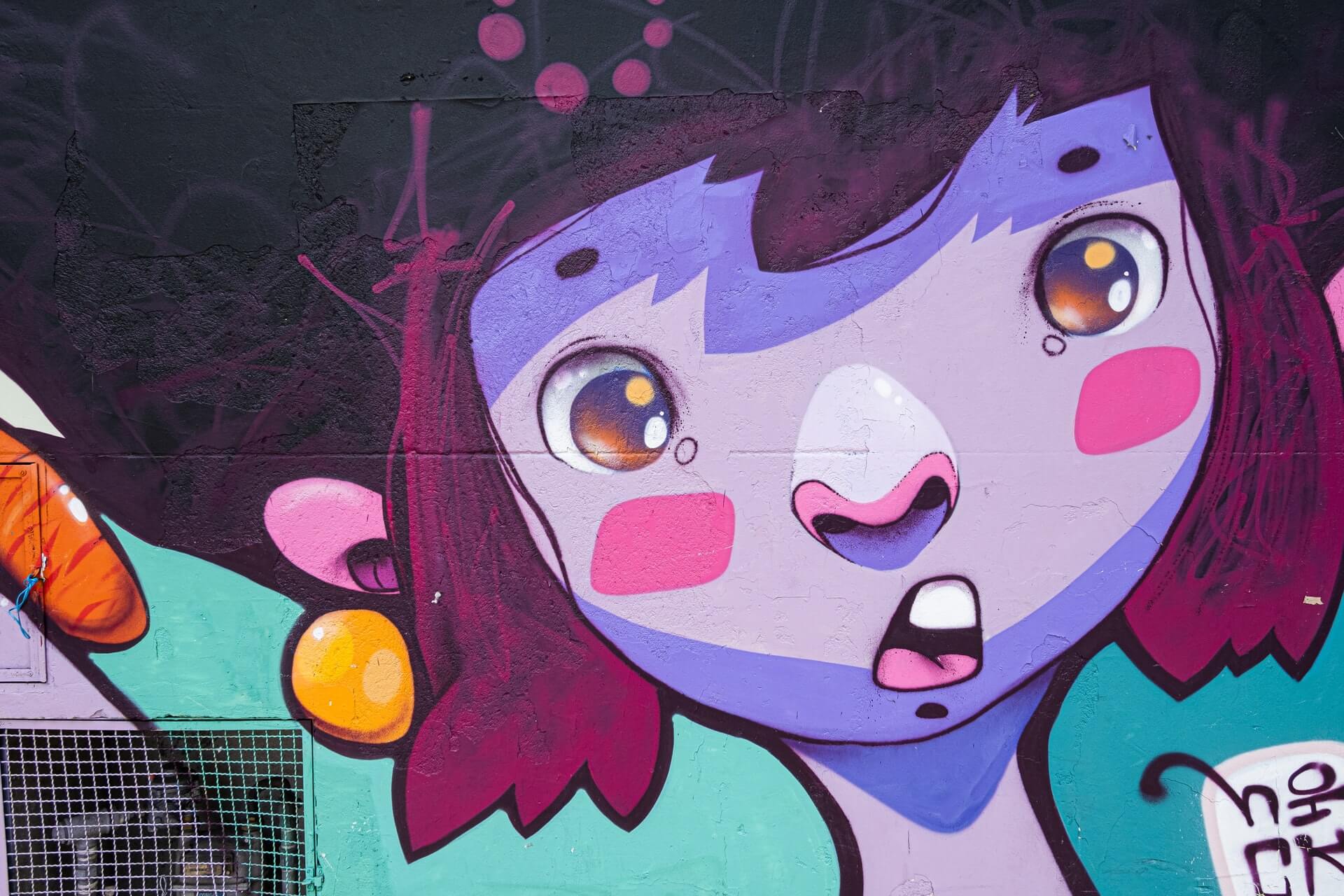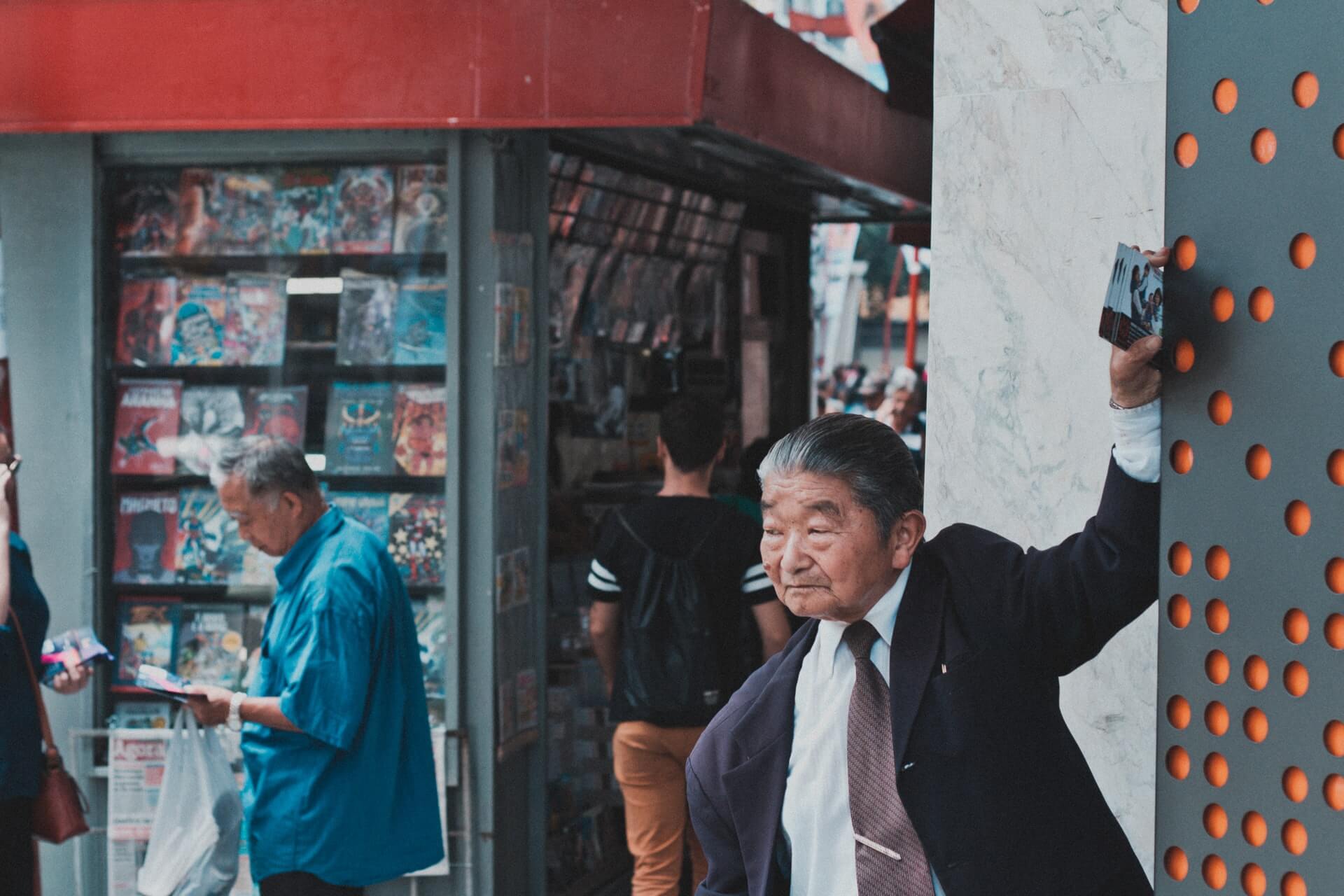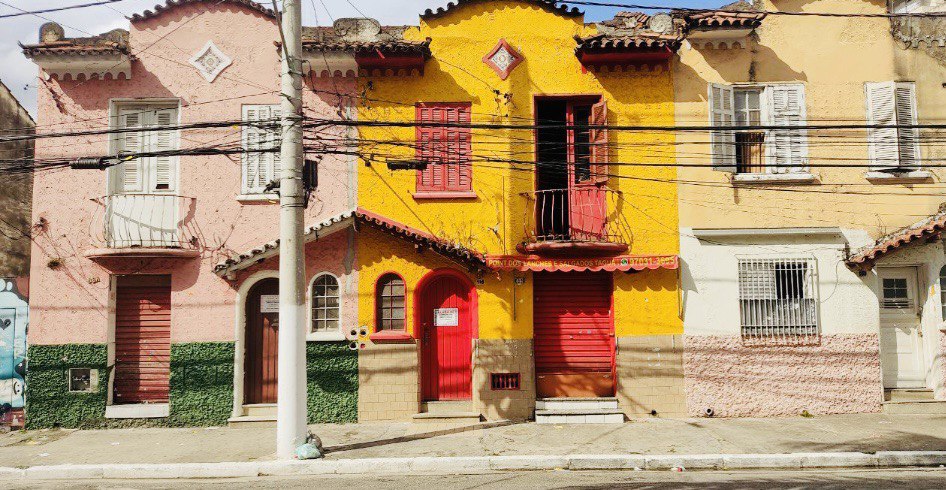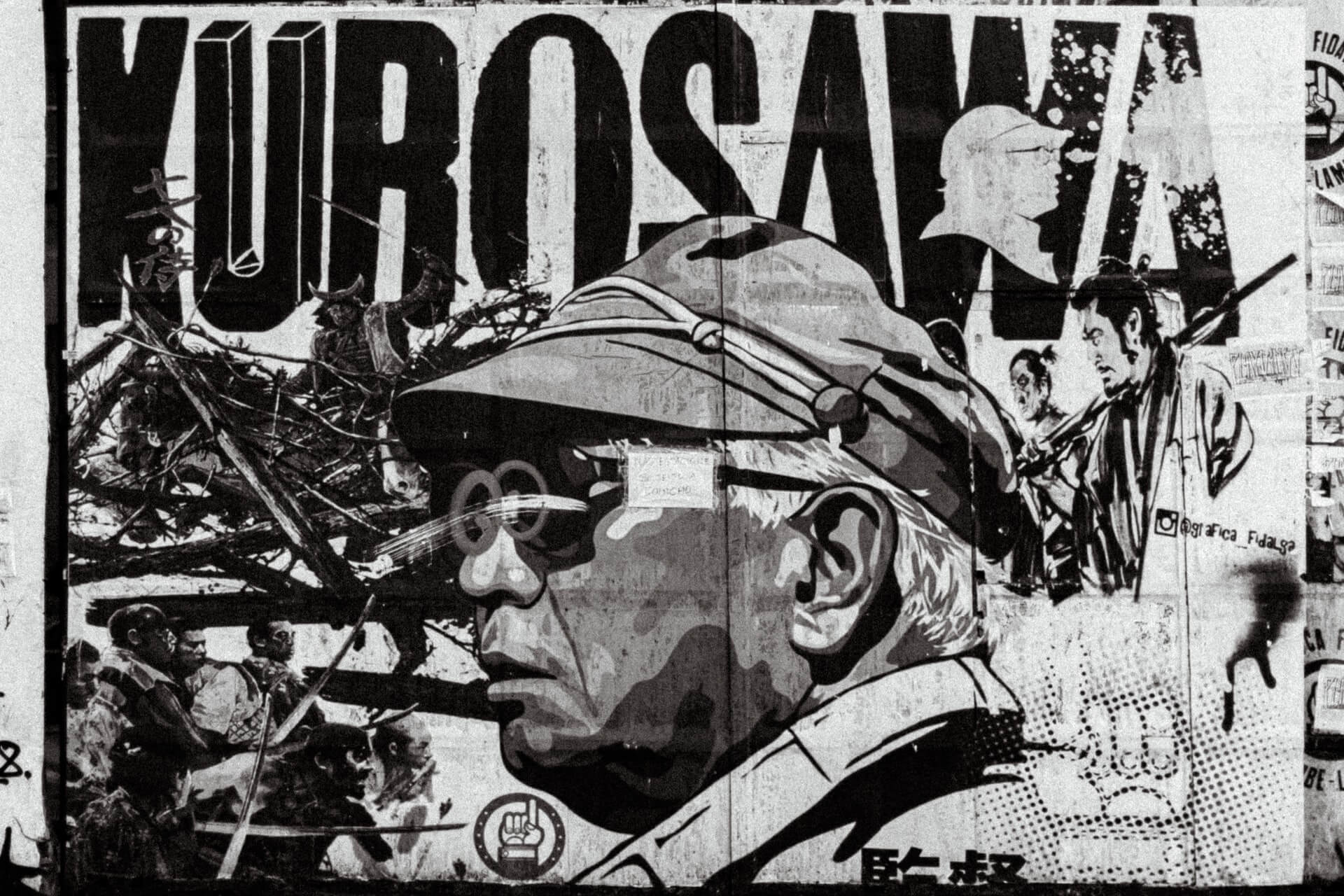Not the most obvious combination, to put it mildly, and the area is also highly unusual. It is the largest Japanese district in the world, and definitely one of the most impressive.
How Japanese came to Brazil
The two countries at the beginning of the 20th century turned out to be communicating vessels.
After nearly three centuries of isolation, there were too many Japanese in Japan - and Brazil, with the abolition of slavery, was left without labor and opened its doors to anyone who could work.
It was enough to promise the poor peasants a fortune somewhere across the sea, and they did not hesitate to send whole families to the tropics to grow coffee and rice, hoping to return home in a couple of years.
Japanese children went to Japanese schools in Brazil, and Japanese adults read only Japanese newspapers and had no intention of staying here.
Fast forward more than a hundred years.

Now Brazil has the largest Japanese community outside of Japan. And the third or fourth generation of Japanese-Brazilians is winning gold medals for Brazil at the Olympics, starring in Brazilian TV series and becoming the highest paid model in the world (yes, Adriana Lima has Japanese roots).
Their grandfathers and great-grandfathers, of course, did not go back - it was harder to leave than to stay in an unfamiliar climate.
Although it was still their prerogative to work the land (in the markets of the states of São Paulo and Paraná every second vegetable seller is still Japanese), after the war the Japanese began to move to big cities.
There was no stopping the mixing of Japanese and Brazilian cultures. Visa isn't asked for such directions as Brazil if you have U.S. Passport. However, you must remember that your passport should have at least 6 months validity beyond your planned date of departure from Brazil. If you need to renew your passport or to get your new passport visit Travel Visa Express Inc.
What the Brazilians took from the Japanese

Brazilians are most eager to adapt all kinds of foreign food, trying to make it more. Japanese food is no exception.
Among the remarkable inventions of Brazilian gastronomy are:
Japanese buffet (unlimited sushi buffet);
temaki (a giant sushi wrapped in a cone to make it easier to hold);
and Brazil's main street food, pastel (a deep-fried cake with various fillings), traditionally run by the Japanese in the markets.
But even in Brazil, food is not just food.
Just as Japanese and Brazilian cultures intertwined, the bodies of jiu-jitsu, Brazil's most popular martial art, are now intertwined in a fierce battle.
It's actually judo, which was exported from Japan in the early twentieth century. It was very popular in Brazil, where they did not even know how to fight without weapons. Except capoeira - but it is half a dance, so it is not serious.
One of the most outstanding figures in Brazilian art is the abstractionist Tomi Otake.
She came from Japan in the 1930s and continued to leave a very visible (literally) mark on the culture of the state of São Paulo until her death at the age of 101.
What to do in Liberdad
The largest concentration of Japanese is in the Liberdade neighborhood of São Paulo.
There are Japanese old ladies, Japanese drunks, and Japanese madmen. Japanese kids with grandmothers who don't speak Portuguese and sad teenagers (mostly non-Japanese) wearing golfers and colorful hair.
Teenagers sit dreamily in a Japanese garden and write in notebooks.
At Liberdad, you can buy everything that makes life meaningful for the average Japanese person: an Ofuro bathtub, a futon mattress, incense and various accessories for Buddhist and Shinto rituals, Japanese books and newspapers.
Everything that is so strongly associated with Japan: origami, "money cat" with a raised paw, notebooks and plaids in pastel colors.
Or amazing things from the category "only the Japanese could invent": kimono for your doggie or melon-flavored cotton candy that explodes in your mouth.
There's a Japanese vinyl store, and for geeks there are a million different kinds of manga and anime.

There's also plenty of exciting gastronomic options in Liberdad.
Real izakaya (i.e. honest half-dark beer houses, not fancy restiks like in Moscow).
Expensive serious sushi bars.
Not very expensive, but no less serious places with the usual tasty Japanese food.
Those Japanese-Brazilian-Swedish tables, where you only have time to throw sushi and rolls in your mouth.
The best ramen places in town, and possibly in the country.
Pastry shops with coffee that is half condensed milk or whipped cream and beautiful, vicious desserts. In the tiny bakery, a bit like a garage, neither the grandfather behind the cash register nor his family peering out from the kitchen in the background speaks Portuguese. Here you can buy an unnamed patty made of something and something. It may well be a Japanese Anpan filled with sweet beans and some kind of root vegetable inside.
There is a sushi bar where the same gray-haired gentleman has been cooking for the last forty years-he is an active user of Instagram and a big F1 fan.
In general, Liberdade, like the entire history of Japanese emigration, turns out to be very Brazilian in the end: chaotic, not too tidy, crowded, fascinating, lively, and lively. If you decide to visit some new destinations you can read about getting visa there here.


